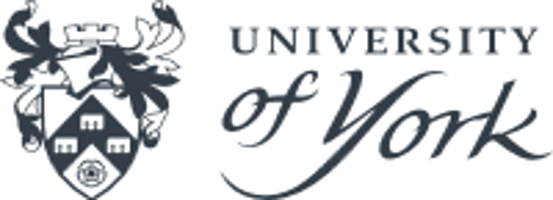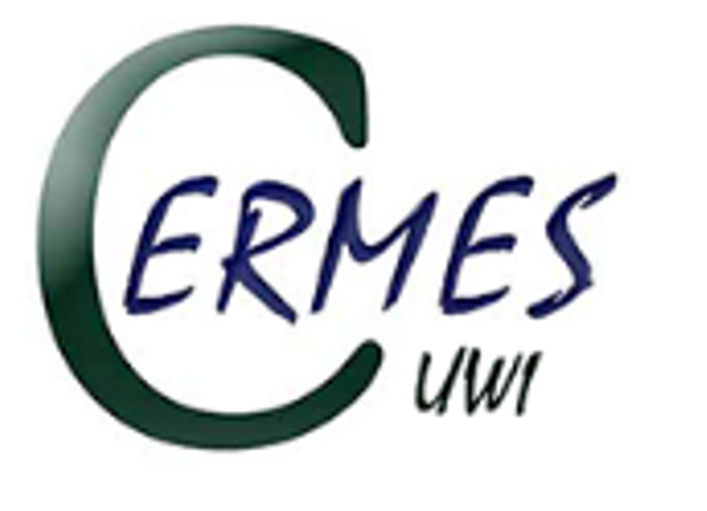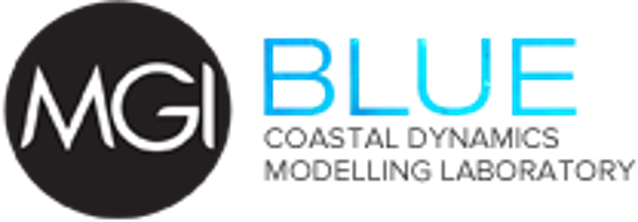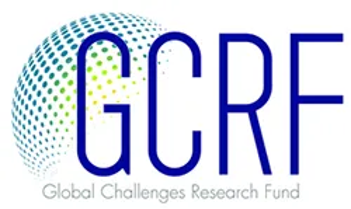Empowering change through youth innovation and community science
As we pass the mid-point of 2025, the SARTRAC project (and the related sub-projects) continues to thrive as a vibrant network for technological innovation, citizen science and youth-led environmental action. Across Mexico, students and teachers have been at the heart of the movement, turning sargassum from a persistent coastal challenge into an opportunity for learning, experimentation and sustainable innovation.
This year has seen schools across the Caribbean side of the country launch creative hands-on projects that link environmental science with community wellbeing. At Secundaria Técnica No. 6 José Vasconcelos with their teacher Julio César Ordoñez Escalante, students explored the many uses of sargassum, experimenting with paper, fertiliser, candles, and even shoes. Meanwhile, at Instituto Partenón de Cozumel, students collected sargassum from local beaches such as Punta Norte and Rastas and processed it to develop bioplastic prototypes and aquaponic systems. Guided by Martha Eréndira Arellanos Huerta and her team, their work highlights the potential of transforming environmental problems into low-impact solutions.
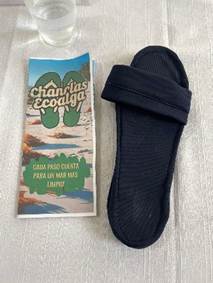
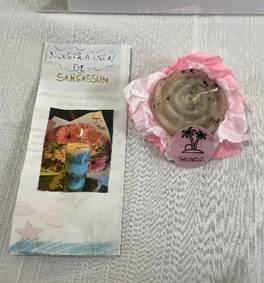
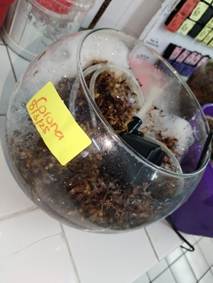
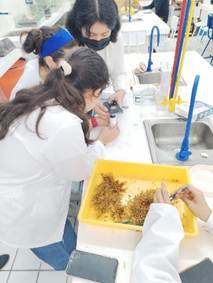
In parallel, students from CONALEP, Instituto Partenón and Centro de Estudios Tecnológicos del Mar 33 have been investigating public understanding of the issue. Supported by Ilka Ortegón Campos, Marilú López Mejía and Lupita Ávila, they conducted surveys to assess local perceptions of sargassum. Their findings reveal that while 83% of people surveyed in Cozumel had heard of sargassum, fewer understood its origin or ecological impacts. Over 79% recognised it as a serious problem for both the island and its biodiversity, with concerns particularly focused on tourism, beach enjoyment and the local economy. Students were surprised by how valued their work was within the community, a testament to the power of youth-led science to spark dialogue and reflection.
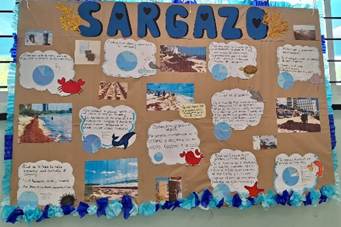
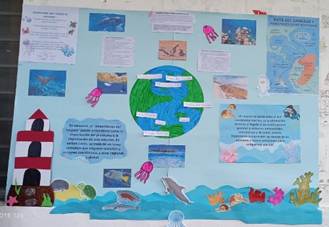
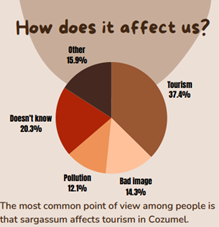
Much of this work is supported through the Sargassum Research Project Book, developed as part of the SarTECH project funded by the Southampton Marine and Maritime Institute (SMMI) and GIES by UNAM-DGAPA PAPIIT IT101024. Now in use across ten educational institutions, this resource integrates sargassum into lessons across science, maths, language, history and culture. Each student group co-designs and implements its own investigations, ensuring that learning remains grounded in local realities and driven by curiosity.
The project has also supported exchanges between schools in Mexico, Jamaica, Ghana and the UK, setting the foundations for the Seaweed School and Community Network. This global platform gives teachers and students a chance to compare local conditions, discuss shared challenges and co-create solutions.
We continue to be inspired by the energy and creativity of the students and educators we work with. Their projects are not only scientifically rigorous, but they are hopeful, inclusive and deeply connected to the places they call home. A huge thank you to all the teachers, schools and collaborators who have made this work possible. While we have only mentioned a few names here, we deeply appreciate the dedication and creativity of everyone involved in guiding and supporting the students across all participating schools.
If you would like to collaborate or receive copies of the teaching materials, contact Dr Victoria Dominguez Almela v.dominguez-almela@soton.ac.uk. You can also follow us on social media!


